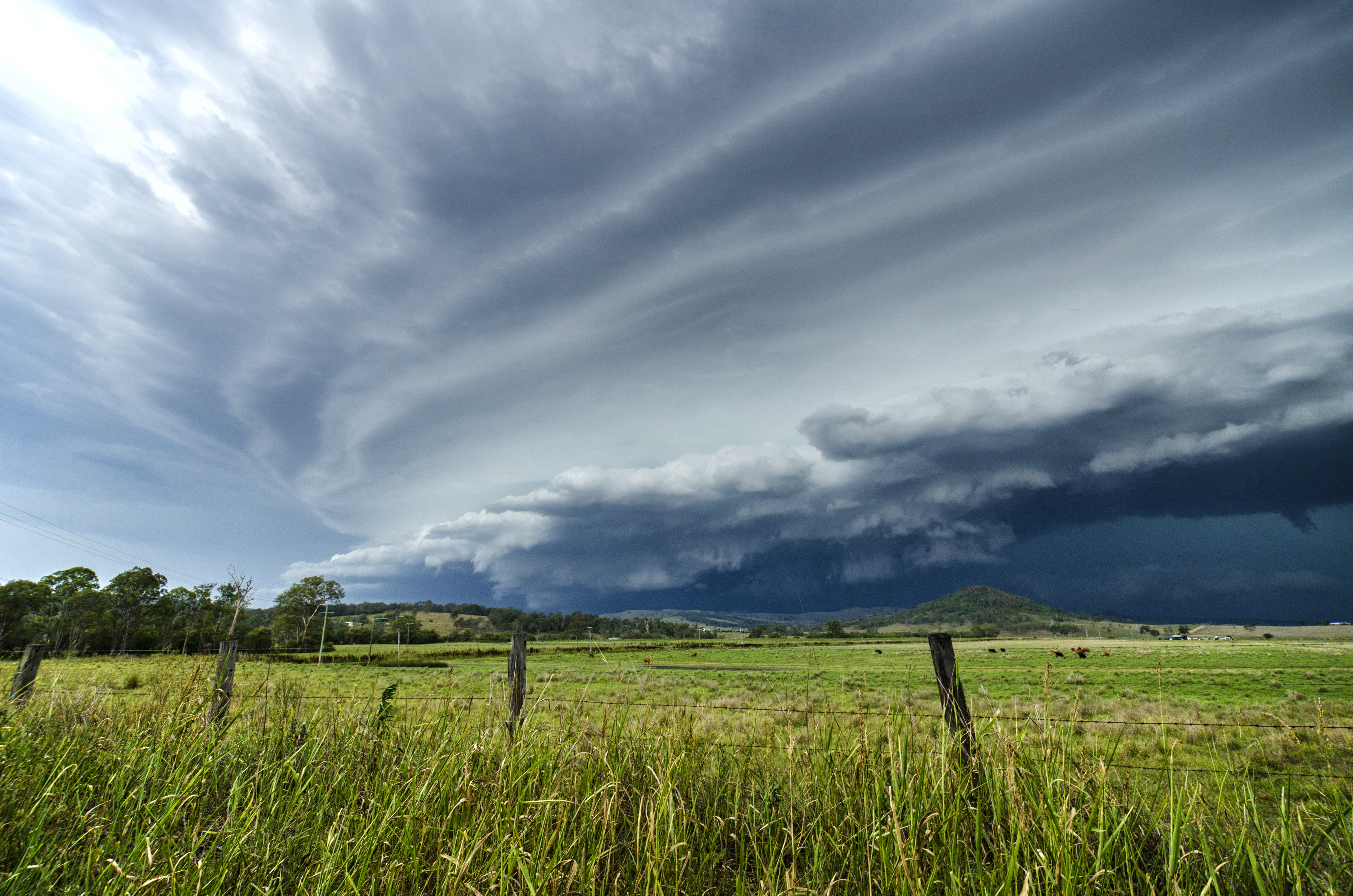Australia is a continent of extremes – bushfires, flooding, cyclones and other hazardous weather conditions can cause significant damage and disruption to businesses.
A business without a disaster risk management plan can suffer damage to property and put the lives of their employees at risk. But a good disaster risk management plan can minimise damage, maintain business continuity and ensure employees are out of harm’s way.
Below we’ve compiled the key considerations for a disaster risk management plan to help you weather the storm.
Know the risks
A disaster risk management plan is crucial for every business in Australia, though the details will vary from state to state, town to town and even suburb to suburb. You may be in a flood basin or a high-danger fire area without even knowing!
This is why businesses must first undertake a risk assessment. Identify the key risks your business faces, engage with local council for resources and information and possibly hire a consultant to do a third party assessment.
You should then aim for your plan to include:
- Evacuation routes and meeting points
- Process and procedure for leaving the building
- Community resources such as early warning notices, meeting points and emergency broadcast channels
- Roles and responsibilities – who monitors for early warning and ongoing notices, who is overseeing evacuation and who is responsible for communications to staff
- Proactive actions you can take on site to minimise danger to the premises, such as minimising dry foliage, ensuring proper drainage or installing shutters
- Steps to secure the property once a warning has been received.
This is not a drill!
As with any plan, training is critical. When the business is at risk, it’s paramount to get people off the premises and to a safe location.
A great plan will fail if the staff aren’t familiar with procedures, get mixed messages during evacuation or don’t understand the seriousness of the situation.
Proper training and practice of procedure will mean that when danger appears, panic won’t take over, and everyone will remain safe.
Business as usual
A good disaster risk management plan will consider business continuity.
Damage to the premises can lead to destruction of stock or impede services, leading to a disruption of your business. If stock is identified as being in danger, consider whether there is a way that supply can be sourced elsewhere, and distribution can be managed off site.
Services businesses will do well to have a secondary location available, so things can proceed as normal when it is safe.
Gallagher Bassett can provide expertise when things get tough. We have seen many of our clients through their trickiest times, and understand the critical aspects of planning for disaster, minimising disruption and ensuring our clients have the right cover. As part of your risk assessment, engage your insurer and ask what you are covered for and the services provided during and after a disaster.
If you have any questions, contact one of our specialists to get an understanding of what you need to know and what strategies should be put in place to keep your staff safe and your business open.

 1300 975 609
1300 975 609


 Search
Search

 1300 975 609
1300 975 609

